

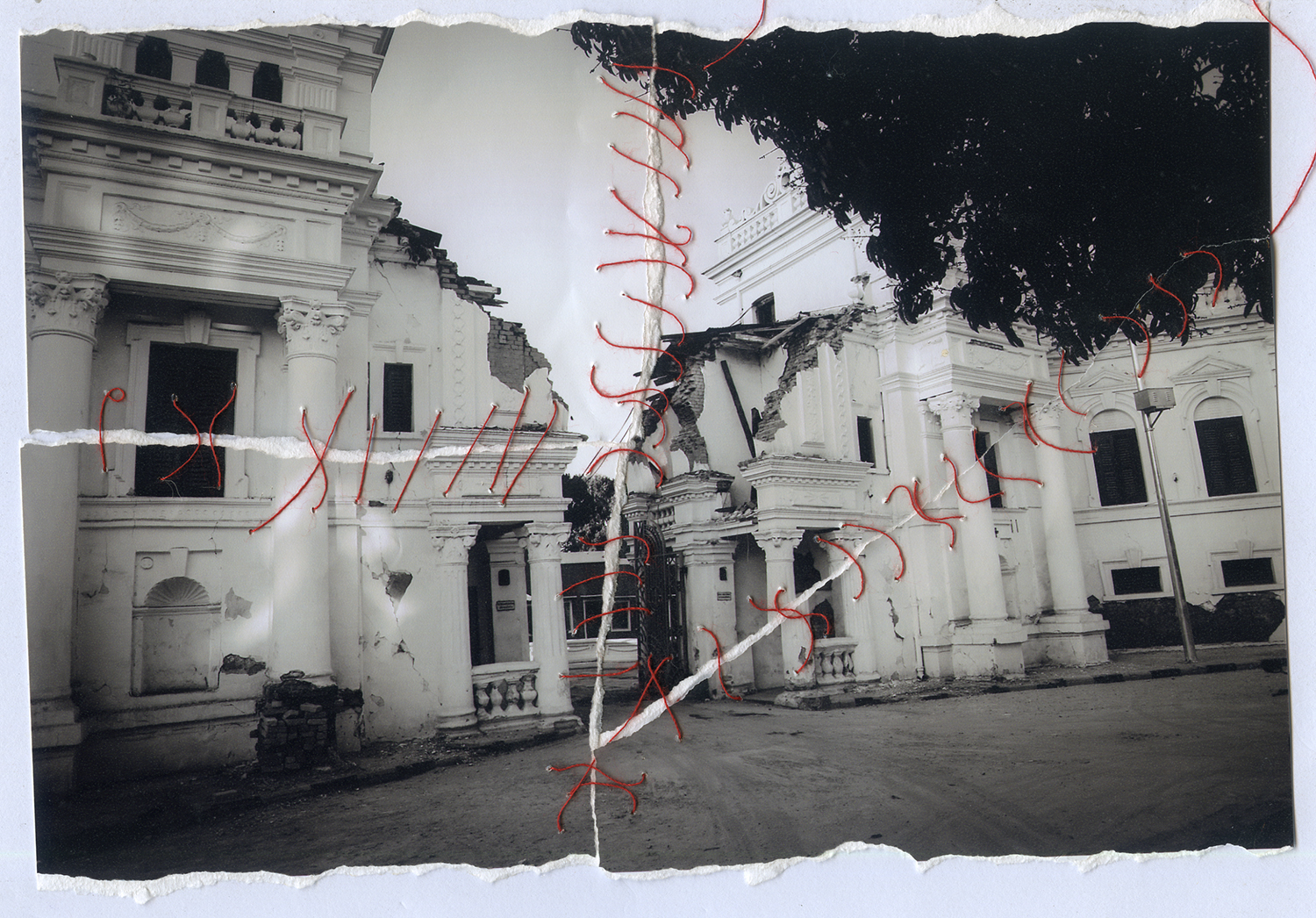





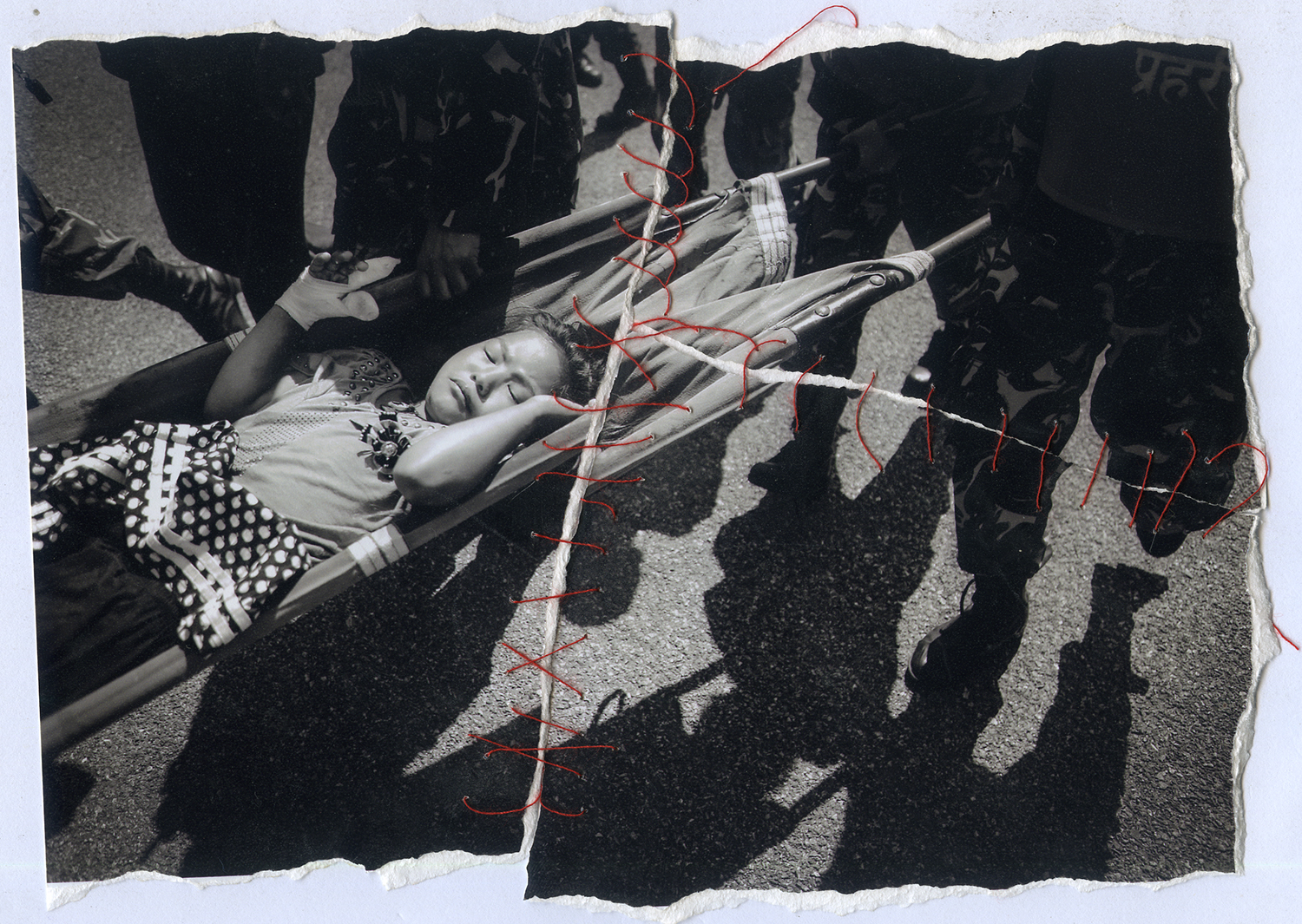





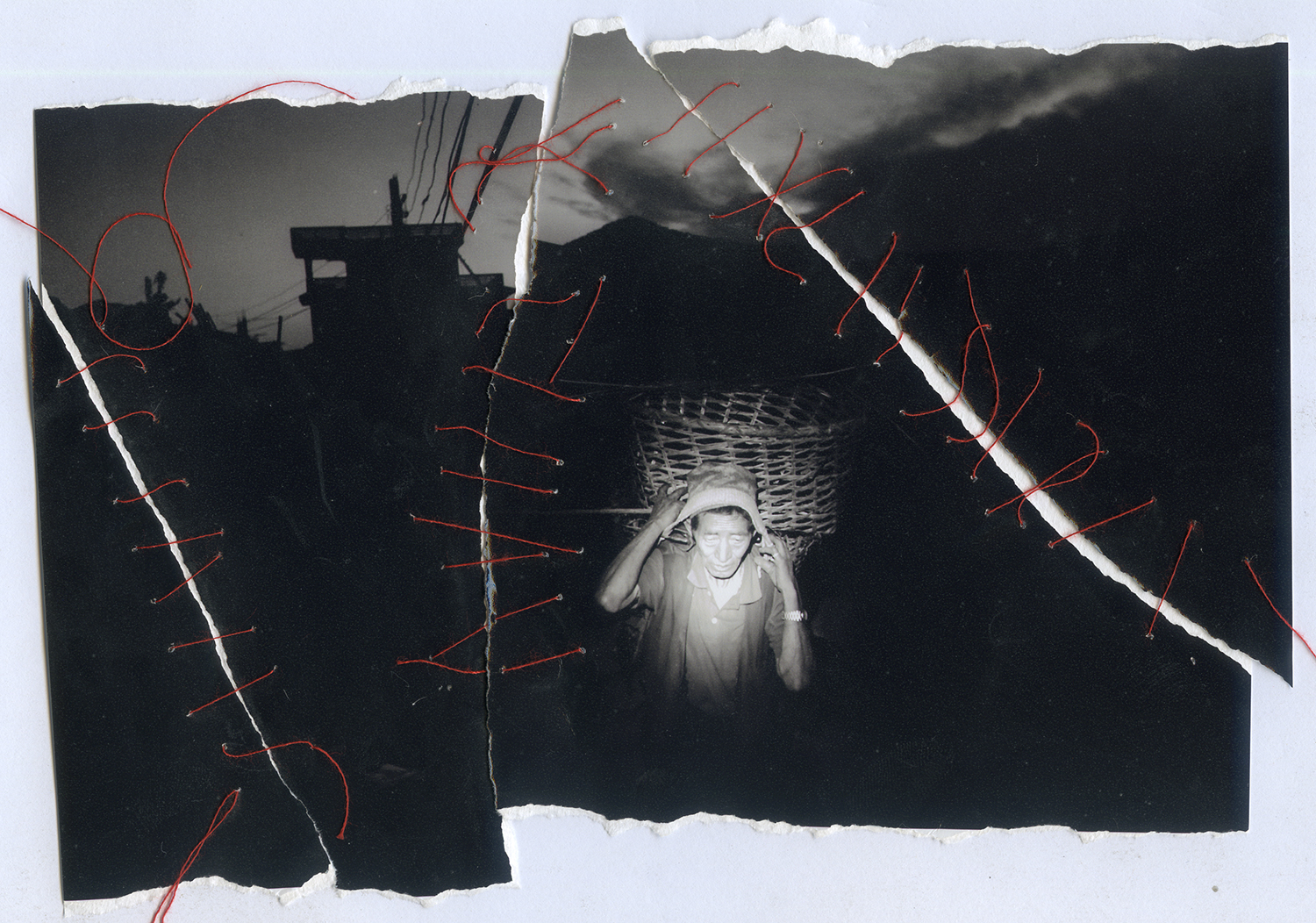




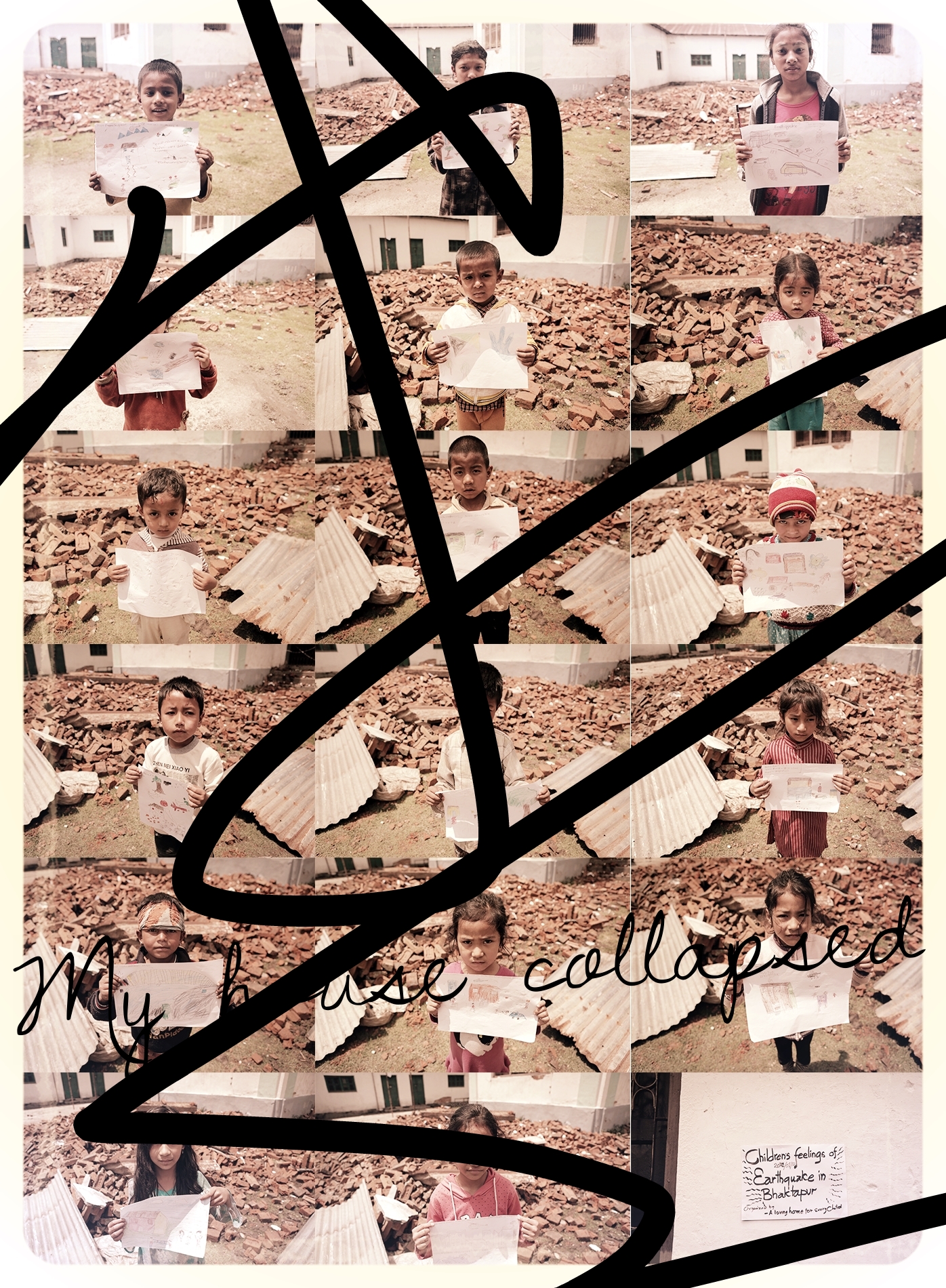




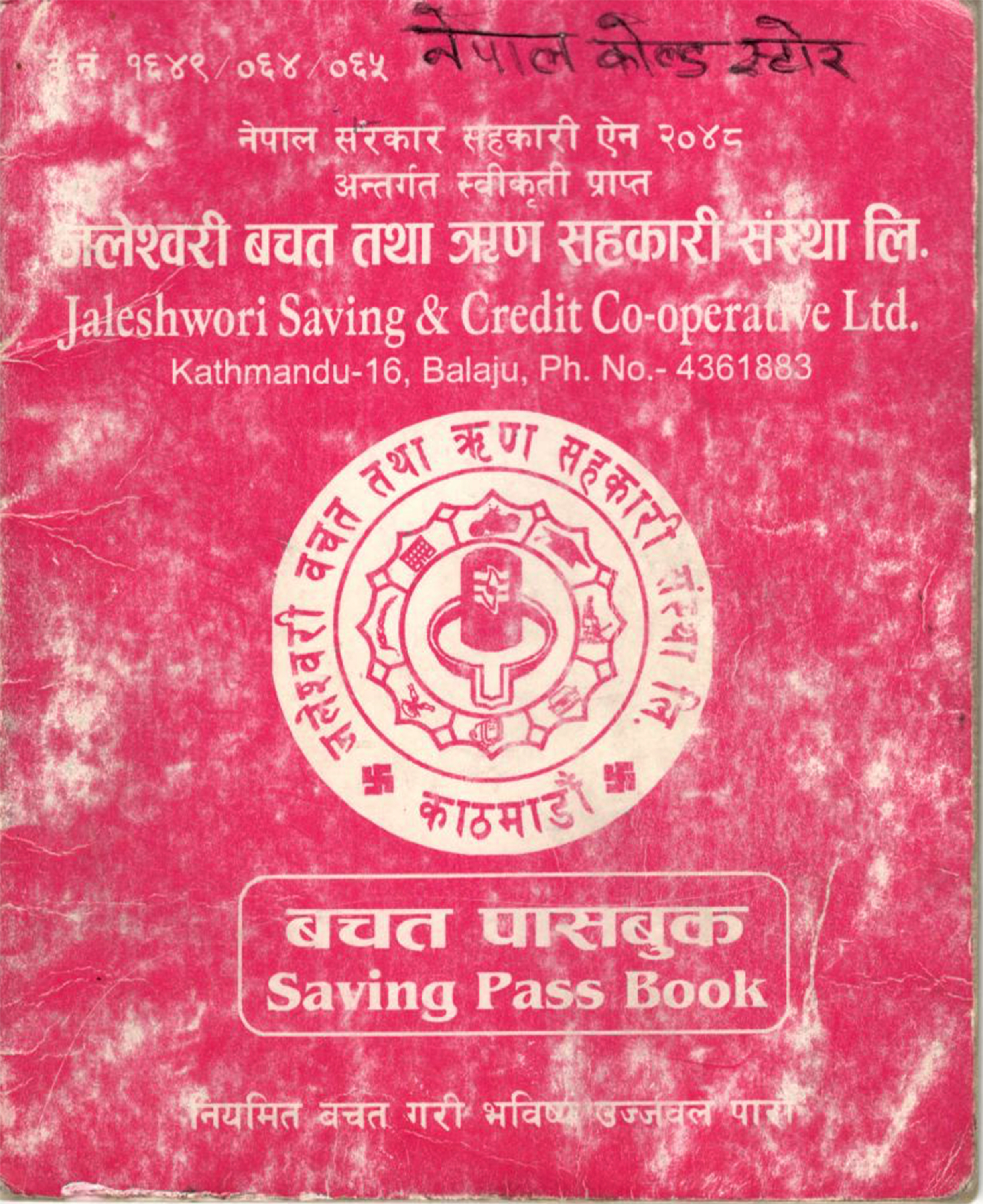













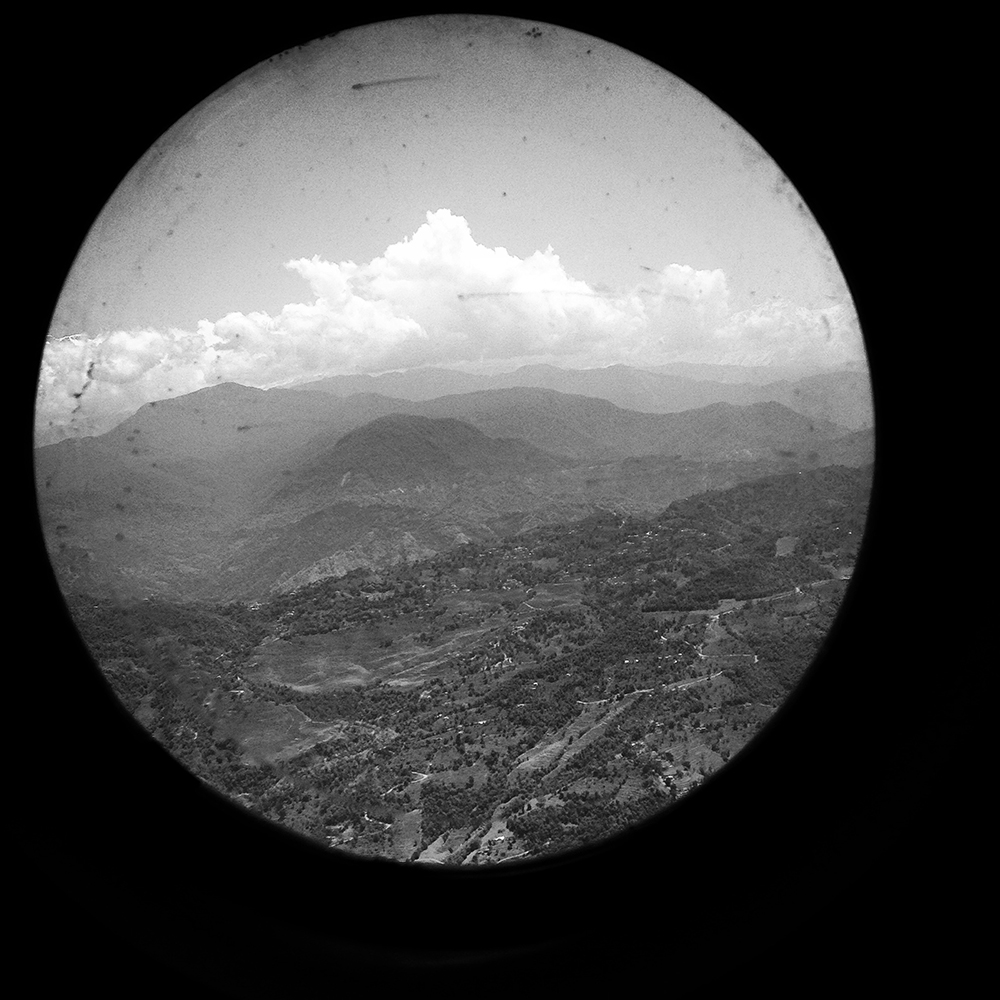




































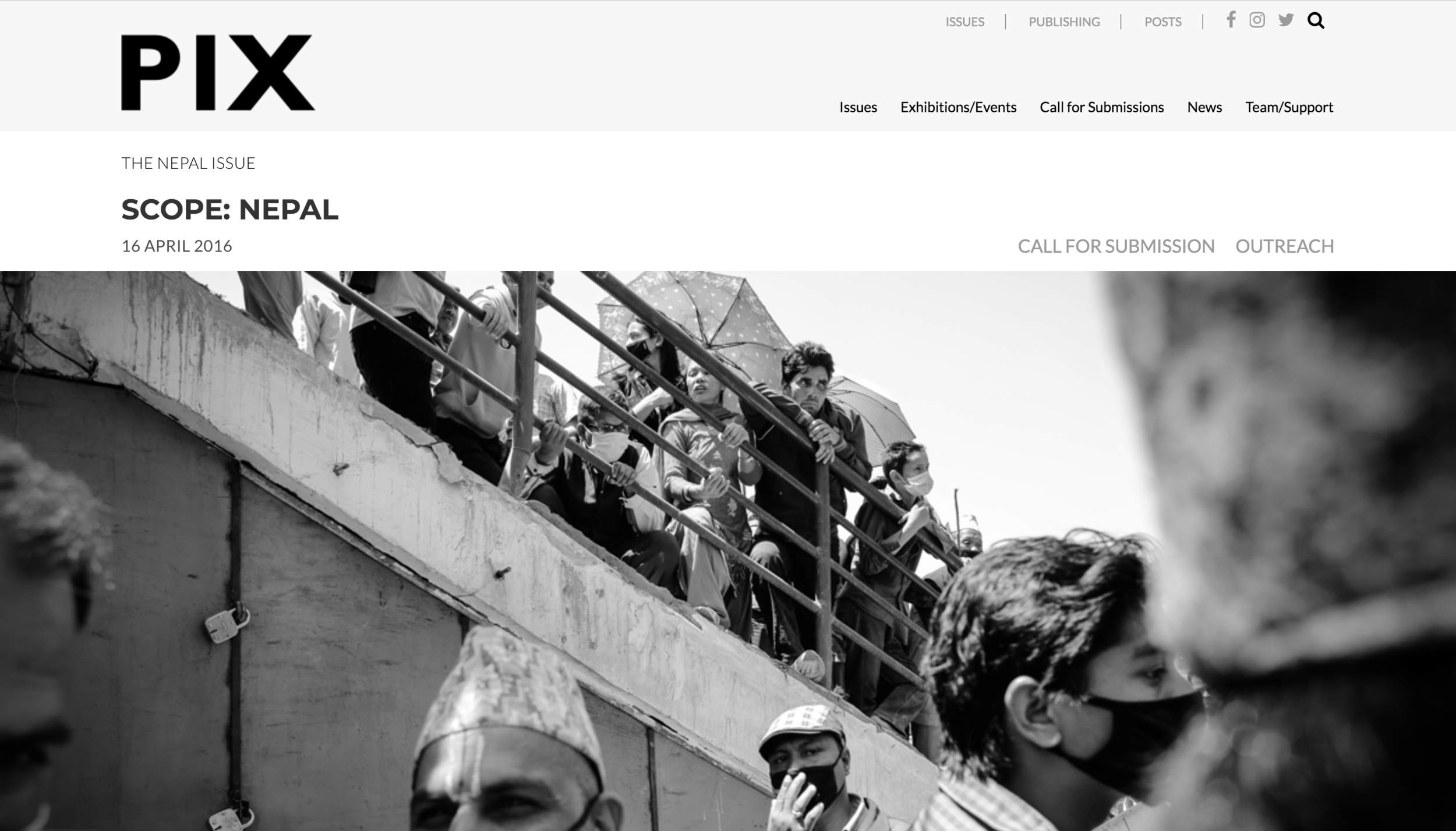
















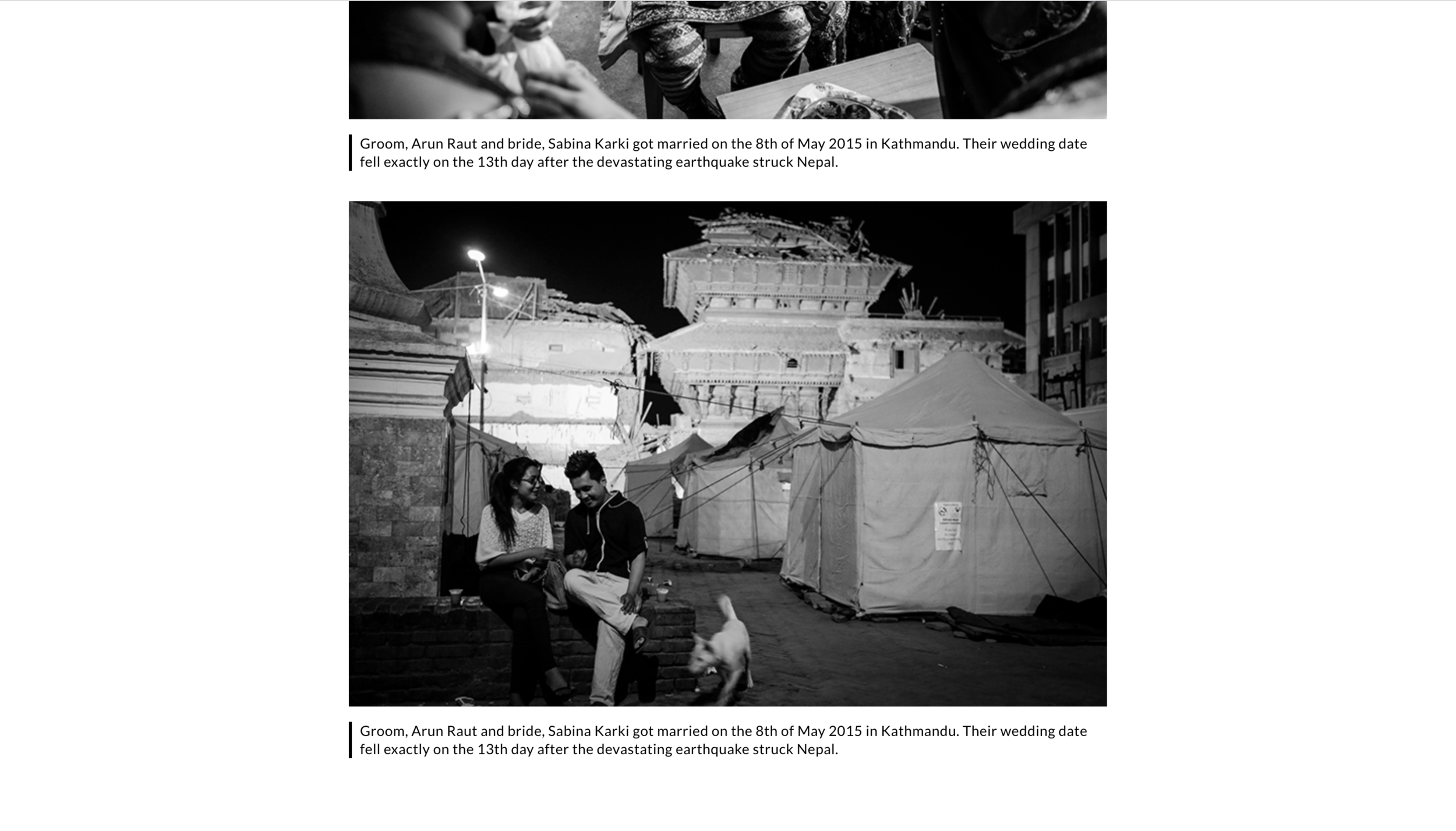
ground reality
On the 25th of April 2015 at 11:56am , a massive 7.8 magnitude earthquake ripped apart Nepal devastating it beyond recognition.

Subsequently nature's fury let loose many landslides that caused a three-metre shift in land at key regional fault lines, and dropped the earth by 1.4 metres in places.
On 12th May another strong 7.3 magnitude earthquake hit the himalayan valley causing widespread pandemonium, the constant after shocks left people psychologically shattered, driving families into tents in parks and street walks, anywhere they were safe from a deadly collapse.
Both the earthquakes together caused immense destruction with over 8,800 dead, more than 20,000 injured and almost 4,50,000 displaced. Over 6,00,000 houses, including many important world heritage sites and cultural relics of ancient cities like Bhaktapur and Patan, were destroyed in a matter of 2 weeks leaving Nepal shaken,broken and lost.

It was an exhilarating and testing 10 days for me since I landed on the 28th of April, a little too late i thought, but i was immediately greeted by the stench of demise, sorrow, desperation and disturbed wailing at the Pashupathinath temple cremation Ghats where hundreds of unidentified and identified bodies were being cremated by family members. The pyres had not stopped burning since the massive natural calamity had shaken an entire country in utter pandemonium on the 25th of April 2015.
I had never witnessed a mass cremation ever and this was a rude awakening, that for me started setting the tone for what was to come while I photographed in Nepal.

I wanted to goto Nepal as i felt restless sitting in the comforts of my situation in Mumbai, i knew i had to go and help and the only way i knew that could help is by making photographs and talking about the situation or the unreported aspects of this tragedy and as a test for myself i needed to go, to experience if i could survive or create amongst such discord and disharmony and i did, for the journey taught me lessons i had not learnt in the decade of making photographs.
My gut said I needed to be in Nepal and this instinct had'nt been stronger.
I came to Nepal not knowing what i was doing there and how i would do what i do, and as always the correct intentions sent out came right back in the form of an assignment for SOS Children's Village Int. , an NGO that works with children and I was assigned to photograph and videograph their relief work and interventions in regard to children and mothers who were affected by the devastation around the Kathmandu valley , there were strong stories of hope and courage amongst this deluge of sadness that made me wonder about the Nepali psyche and how they coped with such a crisis, one part of me said they just had to move on as every human needs to but one part said their mighty resilience came to the fore and is continuing to till date as they still wait for relief and a better way.
After I was relieved of my duties for SOS Children's Village , I took off to Pokhara the very next day and as I got out of the aircraft to my surprise I was greeted by a local photographer Kishor Sharma who was assisting Mr. James Nachtwey who was covering this story for Time magazine and they were waiting to hitch a ride to Barpak in an Indian airforce chopper as they went on for their sorties and as luck would have it i too got the opportunity to go with them where it all began, the epicentre.
This is the first time Iv covered a disaster so closely and it was an eye opener, at Barpak I walked through an entire village perched on a hill devastated beyond recognition where the whole village was reduced to rubble and it felt as if this was the apocalypse. Every few meters there were people who were excavating the little valuables they had from what used to be their home, it was extremely overwhelming to be in the middle of that experience, to be a witness and to be a responsible storyteller so people around the world know the truth.